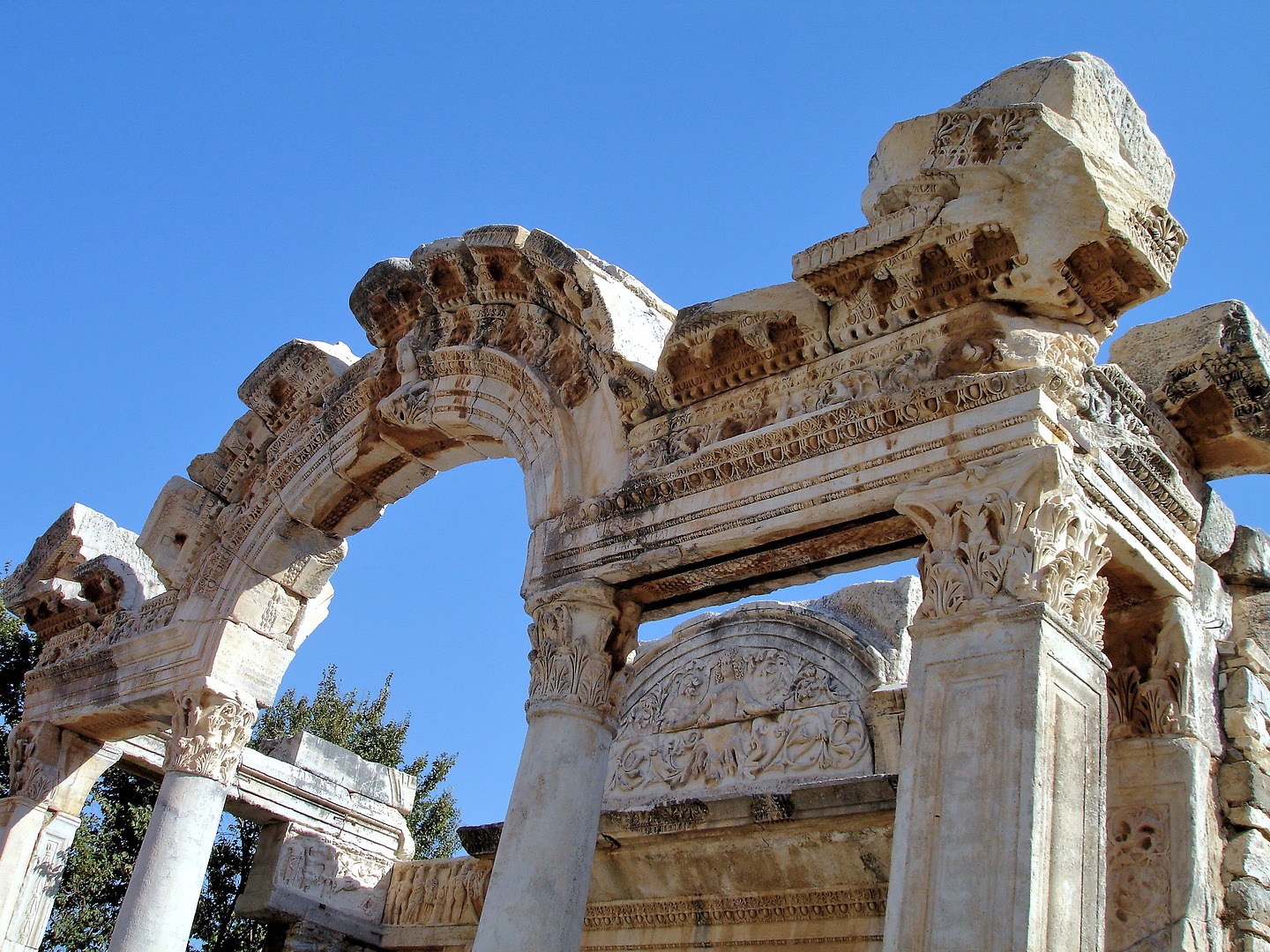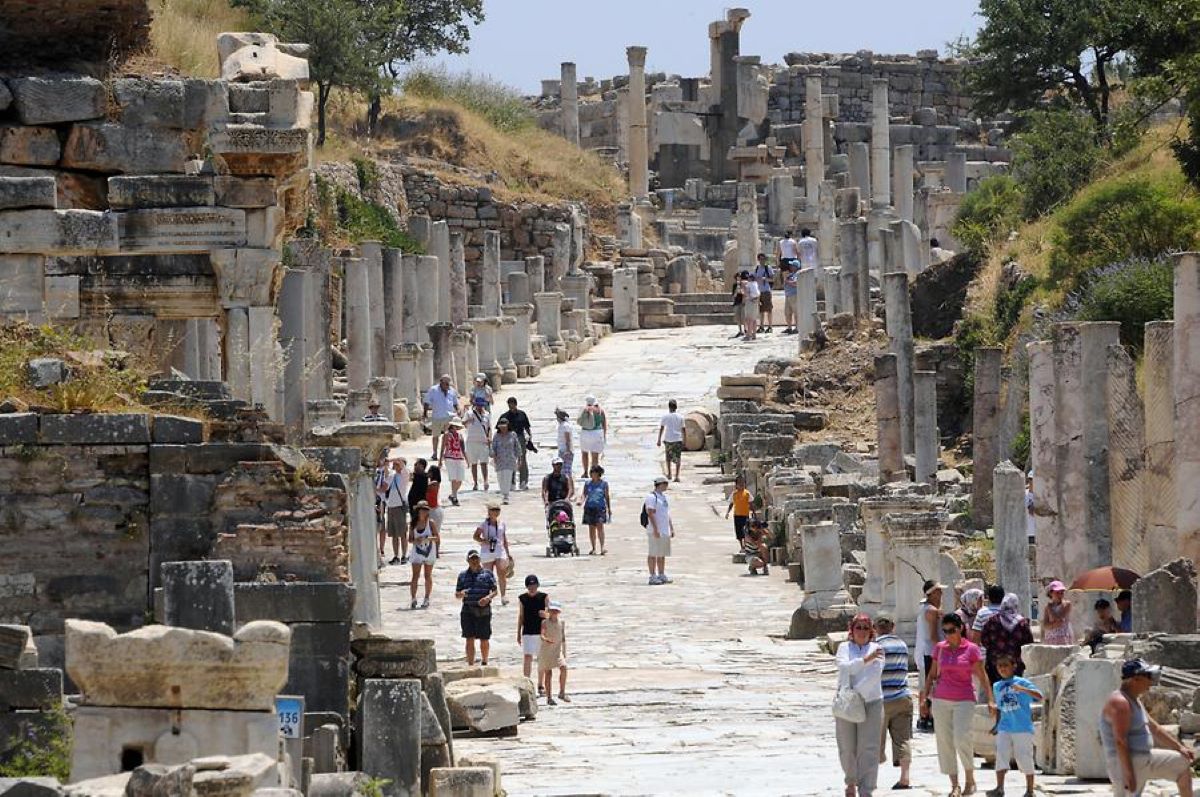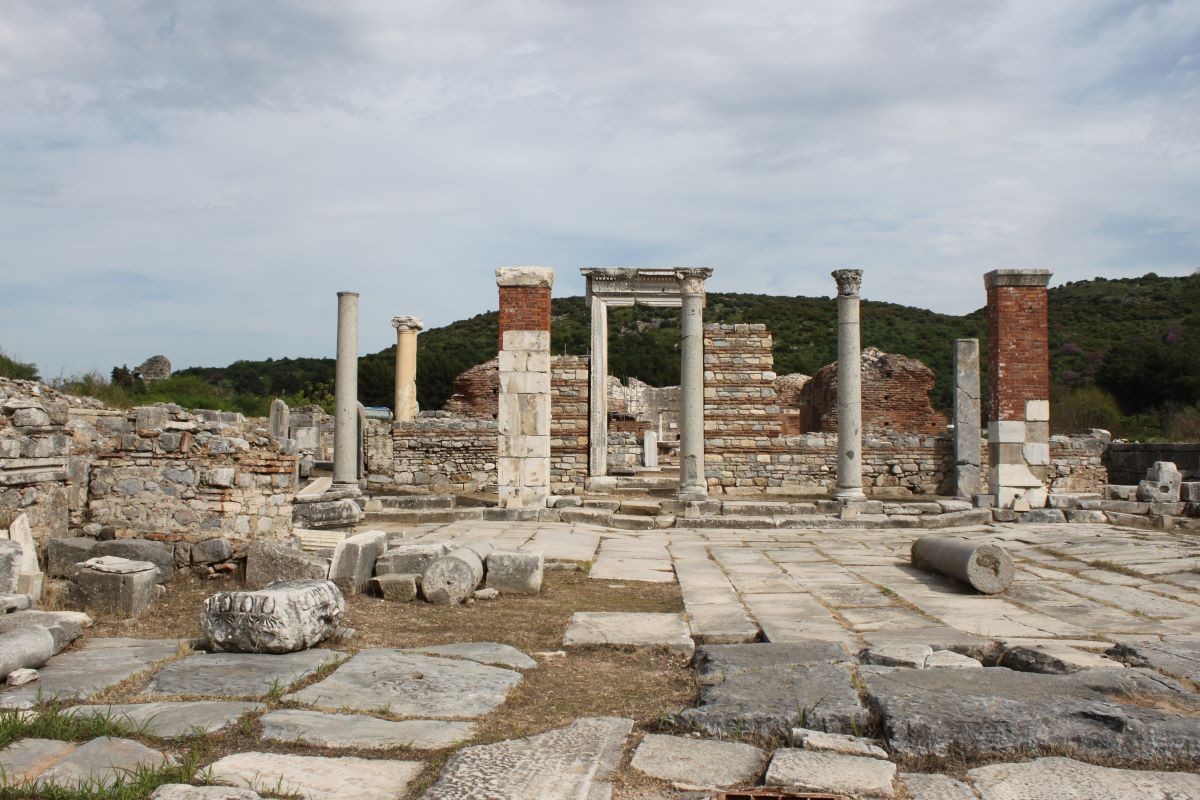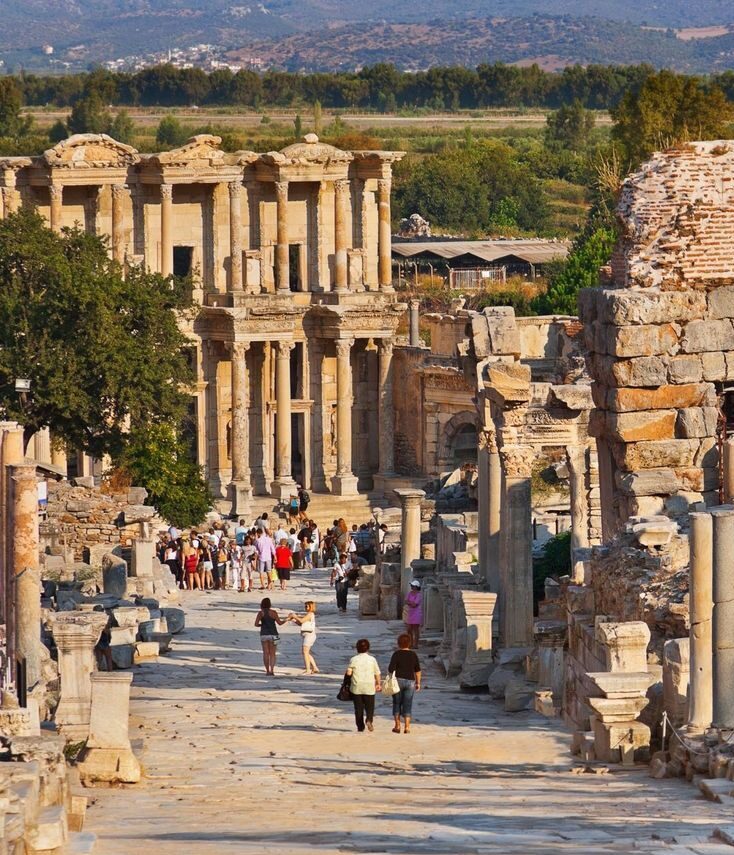The ancient city of Ephesus is a site of remarkable historical significance, with a…

The Rise and Fall of the Hellenistic Kingdoms in Ephesus
Ephesus was an important city in the ancient world and played a significant role in the rise and fall of the Hellenistic Kingdoms. The Hellenistic period refers to the time between the death of Alexander the Great in 323 BC and the rise of the Roman Empire in 31 BC, during which Greek culture and influence spread throughout the Mediterranean world.
The Seleucid Empire and Ephesus
After the death of Alexander the Great, his vast empire was divided among his generals, with the Seleucid Empire taking control of much of the eastern Mediterranean, including Ephesus. The Seleucids were one of the most powerful of the Hellenistic Kingdoms, and their rule had a significant impact on the city of Ephesus.
Under Seleucid rule, Ephesus continued to flourish as a center of trade and culture. The city was home to one of the most important temples of Artemis, which was rebuilt on a grand scale during the Hellenistic period. The Seleucids also built new public buildings and monuments in the city, including a large theater and a gymnasium.
The Attalid Dynasty and Ephesus
In the 2nd century BC, the Attalid Dynasty rose to power in Pergamum, a neighboring city to Ephesus. The Attalids were strong supporters of Greek culture and quickly became a major force in the Hellenistic world. They were also known for their patronage of the arts and sciences, and many notable scholars and artists were based in their court.
Under the Attalids, Ephesus continued to thrive. The city was home to one of the most impressive libraries in the ancient world, the Library of Celsus, which was built in the 2nd century AD. The Attalids also built a grand temple dedicated to Athena Nike, which still stands today as one of the most impressive monuments in the city.
The Roman Conquest and Decline of Ephesus
In 133 BC, the Attalid Kingdom was bequeathed to the Roman Republic, marking the end of Hellenistic rule in Ephesus. The city continued to prosper under Roman rule, with new public buildings and monuments added to the city. However, as the Roman Empire declined, so too did Ephesus. The city suffered from economic decline and frequent attacks from invaders, and by the 7th century AD, it had fallen into ruin.
Today, visitors can see the well-preserved ruins of Ephesus, which serve as a reminder of the city’s rich history and its role in the rise and fall of the Hellenistic Kingdoms. From the grand Library of Celsus to the impressive Temple of Artemis, the city’s ancient monuments continue to inspire awe and wonder in visitors from around the world.




This Post Has 0 Comments